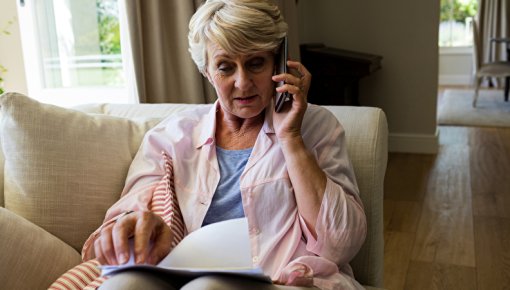I got my first back brace when I started school
I was given a steel and leather back brace when I was six years old. It was much heavier and more rigid than the back braces nowadays. I also went to physical therapy and my spine was stretched using a Glisson sling, to loosen and stretch all the ligaments.
It was pretty brutal: The sling was attached beneath my chin, I had weights hanging from my feet, and I had to lie on a slanting board with my feet at the bottom end. That meant my head was pulled upwards, away from my hips, and gravity pulled my feet downwards.
But even though I was given a back brace at such a young age, the scoliosis kept getting worse. I still remember that it was over 100 degrees.

